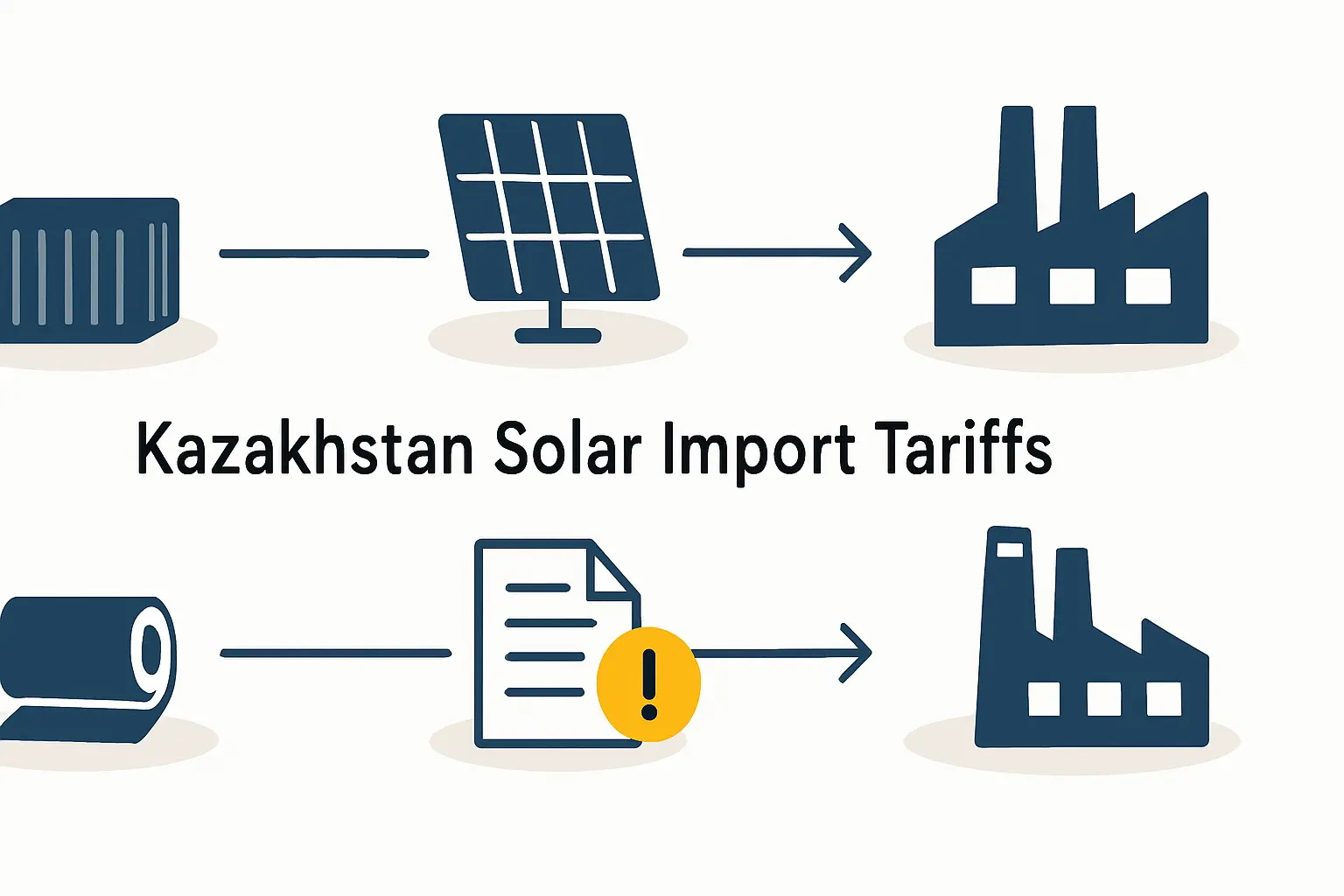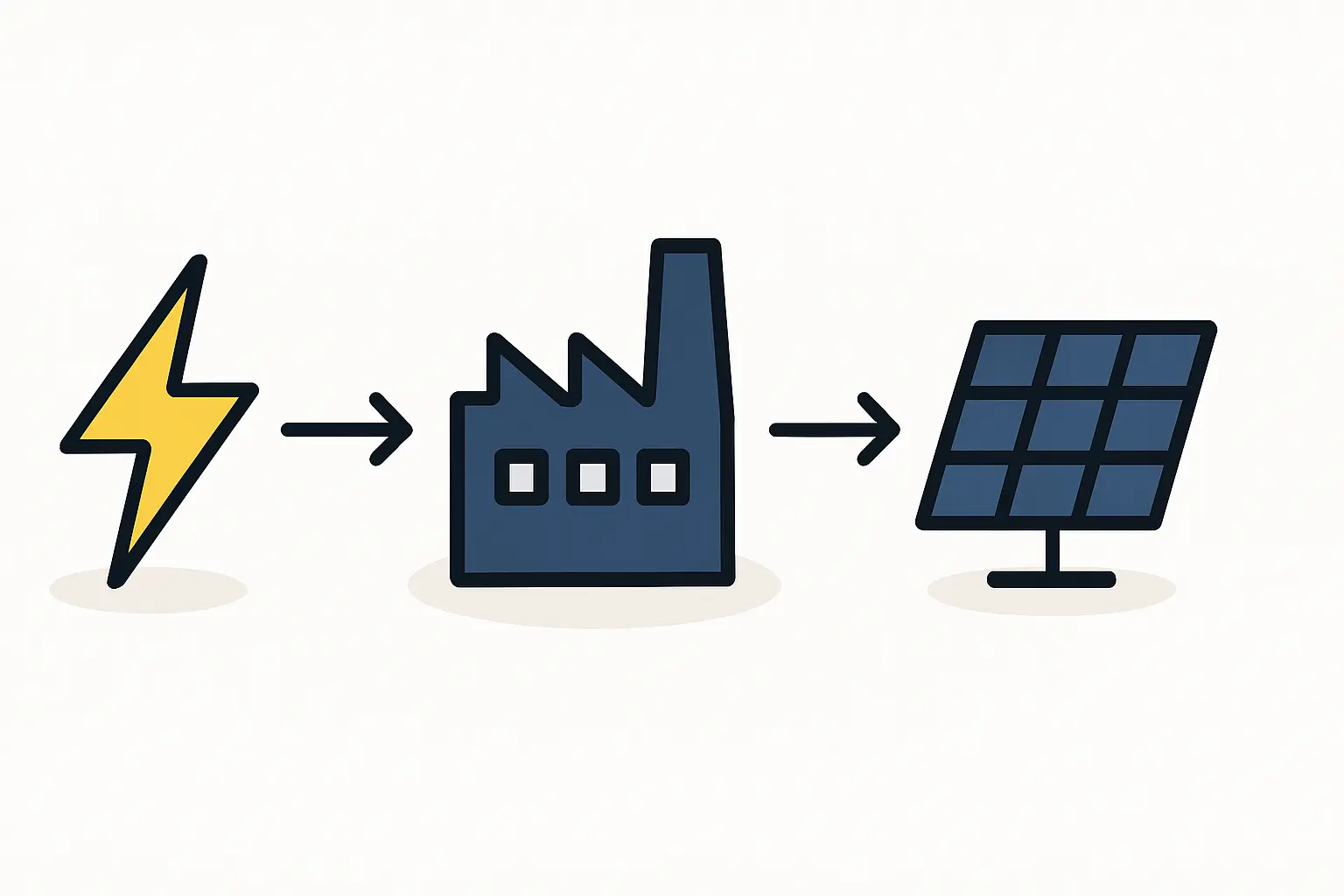Kazakhstan is making solar energy a key part of its national energy strategy, positioning it as a primary focus within a broader, diversified energy plan aimed at achieving carbon neutrality by 2060. This high-level commitment, championed by President Kassym-Jomart Tokayev, is a significant step in the country’s green transition. The nation aims to more than double its solar energy capacity from 1.6 GW to 4 GW by 2028, a goal that will require an investment of approximately $800 million. This expansion is a critical component of a larger national objective to have renewable sources constitute 15% of the energy mix by 2030. The strategy involves the construction of new solar farms and the upgrading of existing infrastructure, which you can explore further in this Kazakhstan’s Solar Market: Utility-Scale vs. Off-Grid Guide. There is a particular focus on the southern regions where solar resources are most abundant, tapping into the most crucial of all solar panel raw materials: sunlight. To facilitate this growth, the government is implementing supportive policies, such as tax incentives and subsidies for developers, creating a favorable environment for investment. These incentives are a key consideration for companies evaluating Factory Site Selection in Kazakhstan: A 3-City Comparison. This domestic push is complemented by regional cooperation, including participation in the “Green Energy Corridor” project with Azerbaijan and Uzbekistan, showcasing a coordinated approach to renewable energy integration. While prioritizing solar, Kazakhstan maintains a balanced energy portfolio, continuing to invest in wind power and traditional energy sources to ensure national energy security.
To gain a deeper understanding of the industry, consider enrolling in our free e-course.



